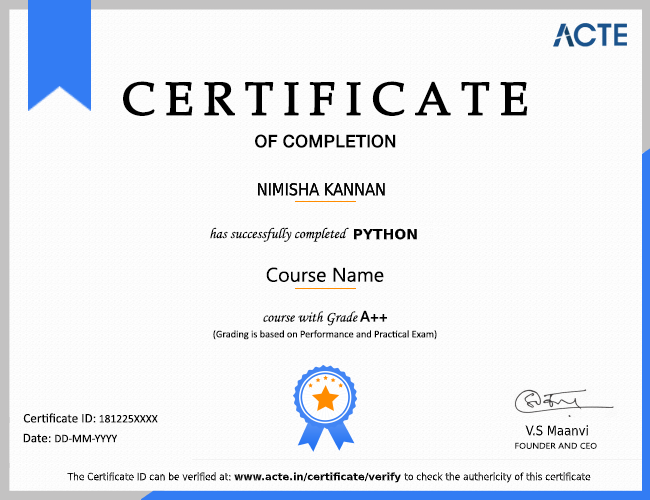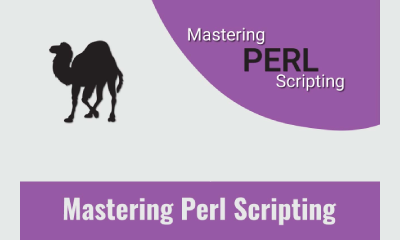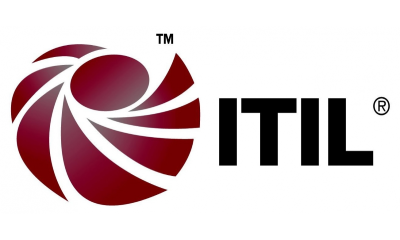Overview of Artificial Intelligence and Machine Learning
Artificial Intelligence and Machine Learning are forefront disciplines within computer science, dedicated to creating intelligent systems that emulate human cognitive abilities. AI entails crafting algorithms and systems capable of autonomous perception, reasoning, learning, and decision-making akin to humans. ML, a subset of AI, focuses on statistical models and algorithms that let computers learn from data without the need for explicit programming. Ranging from traditional techniques like linear regression to advanced deep learning models inspired by human brain structure, ML algorithms revolutionize various industries, from healthcare to finance, by enabling tasks like image recognition and natural language processing. As AI and ML continue advancing, they promise transformative impacts across diverse sectors, reshaping societal interactions with technology.
Additional Info
Unlocking the Boundless Potential: The Future Scope of AI and ML
- Industry Revolution: AI and ML will lead the way in automating processes, optimizing operations, and fostering innovation, transforming industries, and boosting productivity.
- Tailored Experiences: These technological advancements will facilitate the provision of customized goods and services that are based on the tastes and actions of each individual.
- Healthcare Transformation: AI and ML advancements will revolutionize healthcare by enhancing diagnostics, treatment planning, drug discovery, and patient care management.
- Autonomous Systems: Expect accelerated development of autonomous vehicles, drones, and robots, which will lead to safer and more efficient transportation and logistics.
- Smart Cities Development: AI and ML will be instrumental in building more innovative, more sustainable cities through intelligent infrastructure, transportation systems, and energy management.
- Cybersecurity Innovation: AI-driven cybersecurity solutions will bolster defenses against cyber threats with improved detection and response mechanisms.
- Ethical and Regulatory Considerations: As AI and ML advance, there will be greater emphasis on ethics, transparency, and regulations for responsible development and deployment.
- Workforce Evolution: While automation may disrupt some job sectors, it will also create new opportunities, emphasizing roles that require human judgment, creativity, and emotional intelligence.
- Global Impact: AI and ML have the potential to address serious global problems like poverty, access to healthcare, educational disparities, and climate change by providing data-driven insights and solutions.
Unveiling the Dynamic Roles and Responsibilities of AI and ML Experts
- Research and Innovation: Push the limits of what's possible in problem-solving and advancement by continuously exploring innovative algorithms, techniques, and strategies within AI and machine learning.
- Algorithmic Development: Develop, hone, and maximize machine learning models and algorithms that are precisely tailored to specific organizational requirements or scientific goals effectively, efficiently, and innovatively.
- Data Preparation and Analysis: To ensure that the data is relevant and of high quality for training machine learning models, collect, preprocess, and analyze datasets to find significant patterns and insights.
- Model Training and Evaluation: Utilizing appropriate algorithms and techniques, train machine learning models. Then, evaluate their efficacy with metrics such as accuracy, precision, recall, and F1-score.
- Feature Engineering: To enhance the performance and predictive ability of machine learning models, extract relevant features from raw data and effectively create new, meaningful, and insightful features from them.
- Deployment and Integration: Ensure scalability, resilience, and efficiency by smoothly deploying trained machine-learning models into operational environments and integrating them with current systems.
- Monitoring and Maintenance: Monitor how deployed machine learning models are performing continuously, take quick action to resolve any abnormalities or problems, and retrain models as necessary to maintain optimal functionality.
- Collaborative Approach: Form fruitful collaborations with data engineers, software developers, domain experts, and stakeholders to understand needs, get input, and offer effective AI and ML solutions.
- Ethical Considerations: Think carefully about the moral implications and societal effects of using AI and ML, making sure that decisions are made with accountability, transparency, and fairness at the forefront.
- Constant Improvement and Growth: Stay current with the latest advancements, trends, and methods in AI and ML through ongoing education, professional development, and participation in trade exhibitions and communities.
Unlocking Innovation: Essential Tools of AI and ML
- TensorFlow: Created by Google Brain, TensorFlow is an open-source framework known for its adaptability and scalability in machine learning. It supports diverse neural network architectures and is commonly used in image recognition, natural language processing, and reinforcement learning.
- PyTorch: Developed by Facebook's AI Research lab (FAIR), PyTorch is a popular open-source framework known for its dynamic computation graph and user-friendly interface. It is widely used in both academia and industry for research and deep learning projects.
- Scikit-learn: This versatile and accessible machine-learning library is built on NumPy, SciPy, and Matplotlib. It offers a spectrum of algorithms for classification, regression, clustering, dimensionality reduction, and model evaluation, catering to users at all proficiency levels.
- Keras: Keras is a high-level neural networks API written in Python that works with TensorFlow, Theano, and CNTK. Its user-friendly interface simplifies creating and refining deep learning models, enabling rapid prototyping and experimentation.
- MXNet: Developed by the Apache Software Foundation, MXNet is an open-source deep learning framework known for its efficiency, scalability, and adaptability. It supports both symbolic and imperative programming and offers high performance and easy deployment.
- Caffe: Originating from Berkeley AI Research (BAIR), Caffe is a deep learning framework valued for its efficiency and pre-trained models. Because it executes quickly and integrates with existing workflows, it is widely used for computer vision tasks like image segmentation and classification.
- Microsoft Cognitive Toolkit (CNTK): Developed by Microsoft Research, CNTK (Microsoft Cognitive Toolkit) is optimized for speed, scalability, and versatility in deep learning. It efficiently handles large-scale data and complex models, making it suitable for both research and production.
- Theano: Although no longer under active development, Theano was a prominent Python library in deep learning research and made a significant impact on the field, especially within academic and research circles.
Show More































